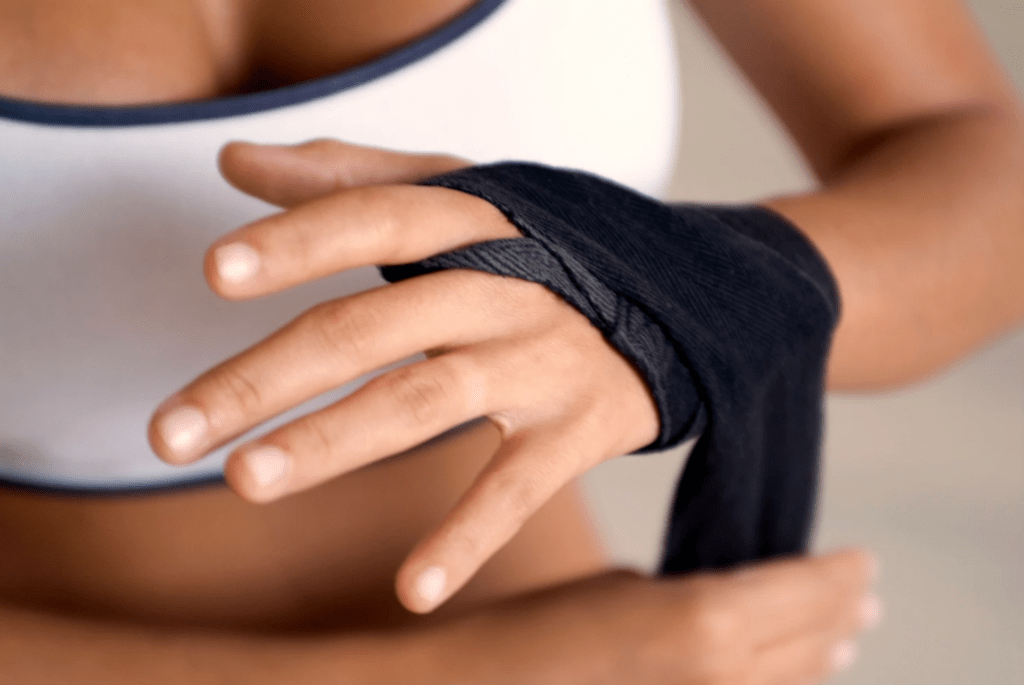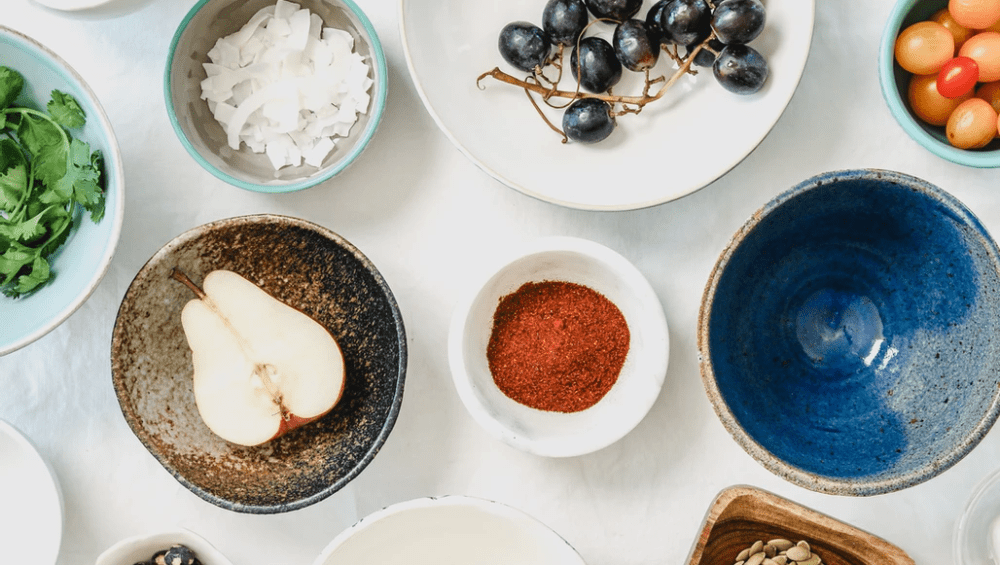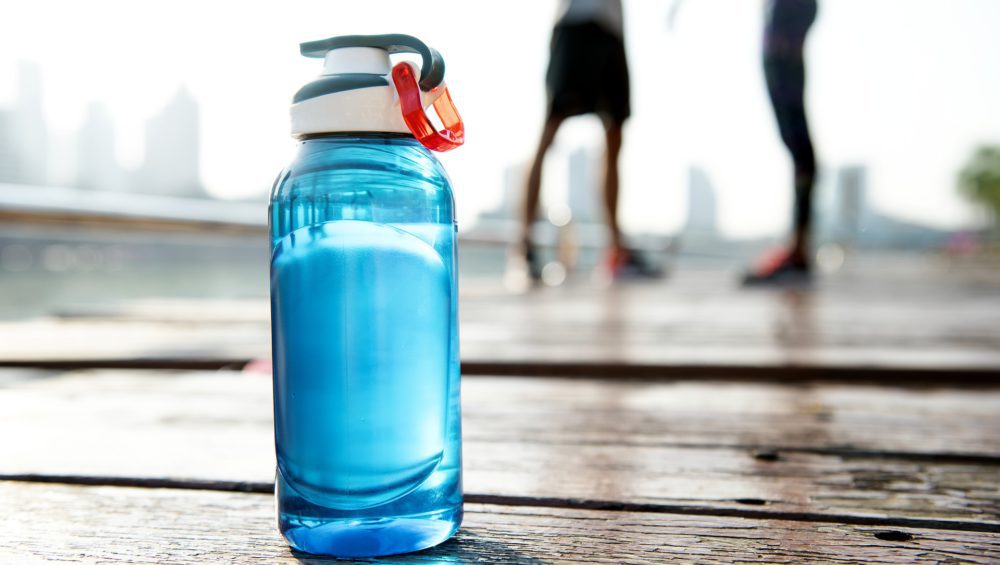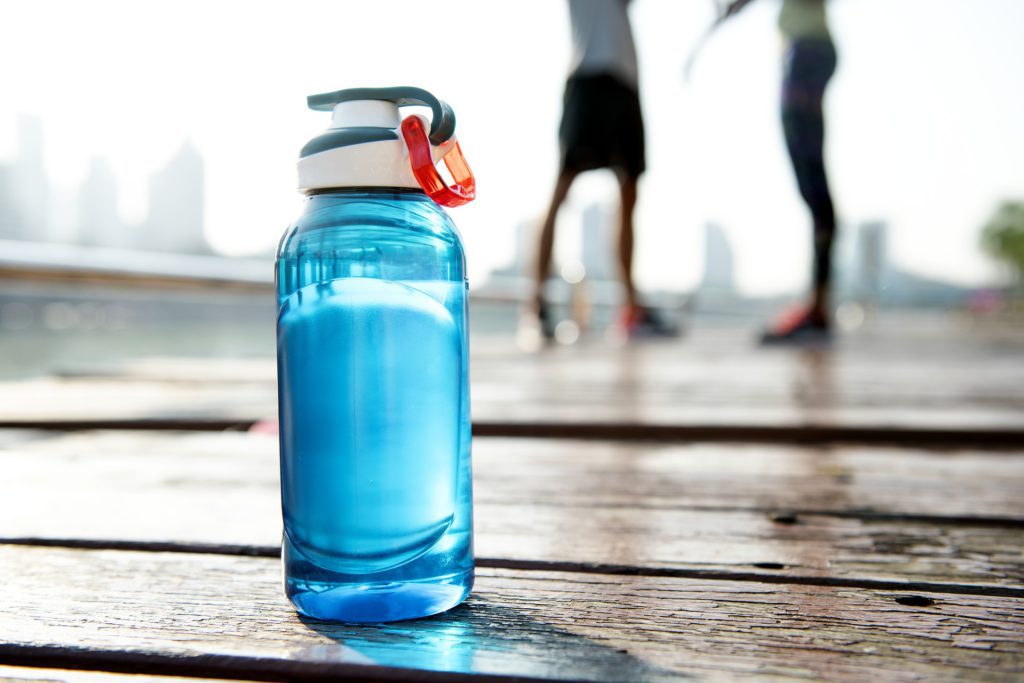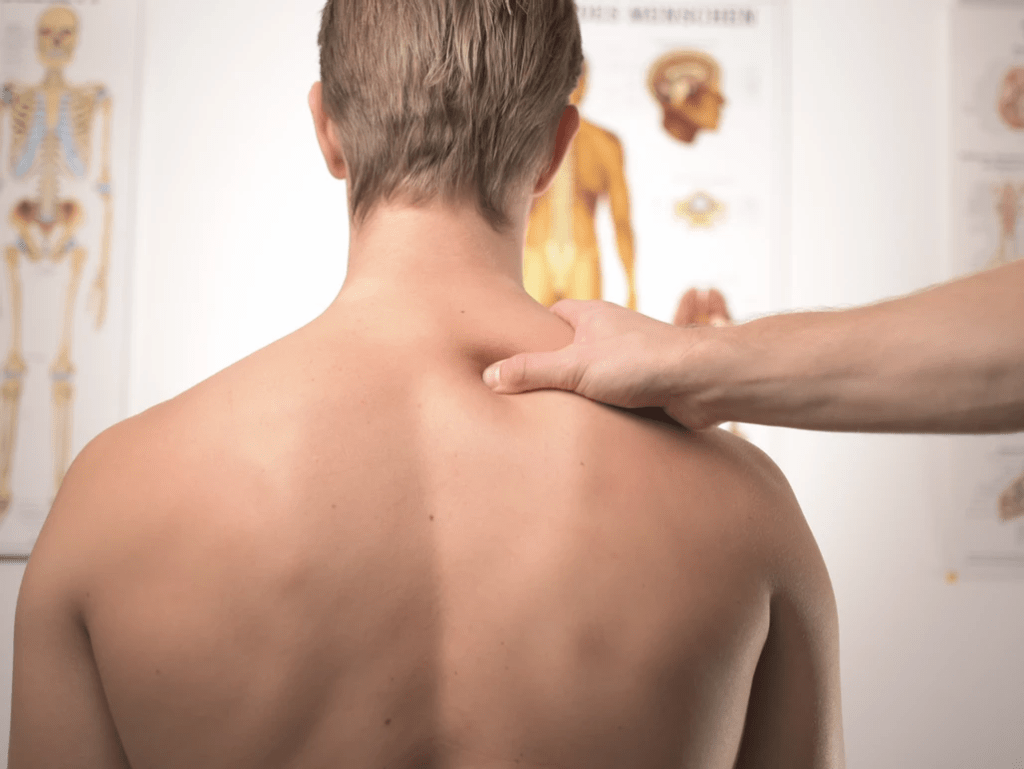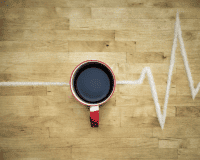Others wing it every two or three days by grocery shopping for produce in the middle of the week beside their weekend market trips.
Regardless of goals and dietary or fitness preferences in improving body composition, a workable meal plan system is a must. The ultimate goal is to avoid feeling frazzled the next time you have to think about your next meal and having to resort to a goal-busting junk meal (here’s looking at you, freezer pizza).
To help you steer clear from unhealthy food choices and achieve healthy body composition goals, let’s get the ball rolling with these actionable, real-world tips in creating and sticking to a meal plan for the long haul.
1. Identify what drives you to stick to a meal plan besides improving your body composition.
Sticking to your meal plan if you’re not seeing any progress. Cutting a few pounds of fat doesn’t happen overnight and progress may not be noticeable early on.
In order to keep motivation high, you need to identify other tangible reasons behind your goal, other than positive changes to your body composition. How about saving extra dollars from your weekly food budget? Maybe you enjoy the time you spend together with your loved ones preparing a recipe? These are just examples of reasons that can motivate you in an instant to stick to your healthy choices, even when signs of progress are not yet evident.
2. Have a well-stocked pantry.
Sticking to a meal plan for the long haul can be made easier with a well-stocked pantry.
Run out of lemon to whip up a quick dressing? Don’t have any herbs on hand to boost flavors? All of these will likely lead to frustration, and likely cause you to give up planning for your meals. Make sure you keep a list of essential groceries whenever you go to the supermarket, to make sure you never run out.
This list of staples may include eggs, your favorite protein, whole grains, yogurt, healthy oils, herbs and spices, butter, leafy greens, and a can of black beans. Having these ingredients on hand means you can quickly whip up a simple well-balanced meal when you’re short on time.
3. Pick a day to cook up a batch or prep certain meal components.
For many meal preppers, the weekend is when the action happens. Mornings are for grocery shopping while afternoons are dedicated to prepping and/or batch cooking.
When it comes to batch cooking, you can prep and batch cook some components. For example, your roasted chicken on Sunday can be cut up and used for sandwiches on Monday and pasta on Tuesday. As you cook up batches (or double batches if you like), the freezer will be your new best friend. There’s no use calling it a meal plan if you have to start a recipe from scratch every night.
4. Be realistic and make room for wildcard days.
There are seven days in a week but you don’t have to come up with a seven-day weekly meal plan. Nor should you shop for ingredients for 21 meals. There might be days or certain meals that you can skip. Perhaps you’re supposed to go out with coworkers for lunch on Wednesdays. How about that Friday date night with your partner? Remember to change up your routine so you don’t get bored.
Before you plan and prep for a week’s worth of meals, double-check your social calendar. If nothing’s set in stone, give yourself some slack (say one or two lunches or dinners in a week) just in case something comes up at the last minute. If you’re into batch cooking, you can even schedule days for leftovers for that little extra bit of flexibility.
5. Embrace meal formulas rather than recipes.
Recipes are undoubtedly rad. However, finding new recipes every time you have to make a meal plan can wear you out and eventually turn you off.
Starch+protein+fat+vegetables is a good example of a meal plan formula (Feel free to cross out a component depending on your dietary needs and preferences, but remember not to cut out those healthy fats). By embracing meal formulas instead of sticking stubbornly to pre-made recipes, you don’t have to scroll through Pinterest for hours if you’re feeling uninspired when creating a meal plan. The key is to be mindful that whatever formula you use, there are different food groups that fit your needs (plenty of protein and healthy fats are essential for workout recovery). It’s important to change up your food choices for both nutritional reasons and to prevent boredom. Just because you are meal prepping, doesn’t mean you need to cut out variety.
Once you’ve figured out the number of meals you’re prepping for, coming up with meals will be an effortless system. It also makes for smooth-sailing ingredient shopping because you’re shopping by food group and not by food items for a specific recipe.
6. Reassess and tweak your meal plan as needed.
It’s common for nutritional needs or dietary preferences to change. Also, your local grocery might run out of your favorite ingredients as some produce are highly seasonal. That said, your meal planning system should be a dynamic process. Stop feeling disappointed if not everything is going as planned. Refocus instead by making changes as needed.
7. Stop obsessing about the perfect meal plan system.
There’s no such thing as the perfect method in creating meal plans. Some prefer the old-fashioned way with their trusty Moleskine journal while others swear by their favorite meal plan app. Meanwhile, there are individuals who enjoy DIY meal plans, but there are also folks who would rather have someone else do it for them.
Spending too much time jumping from one system to another and going back to square one every single week will only stall your body recomposition progress. Before you get burned out with your constant shuffle between meal planning systems, pick one method and stick to it for a least a month or two and tweak as you go.



